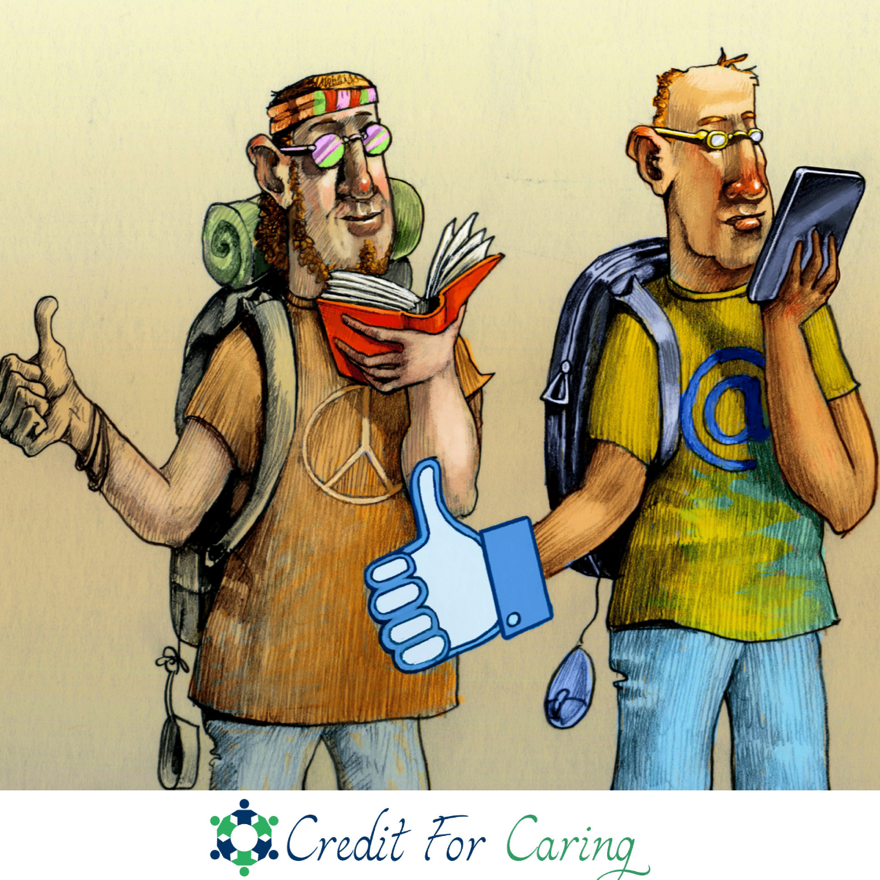
REUNIONCare 2.0
Our team started REUNIONCare in the pre-pandemic era when senior care issues were rising in importance but not sufficiently at the crisis state we are today. Workforce shortages in residential care are challenging senior communities across the nation. Inflation is raising housing and living costs forcing many on fixed income to make tough choices. In fact, families are struggling to meet all the demands thrust upon them where two income families are scratching to make ends meet let alone single parent household. AARP’s updated caregiving national report is a wakeup call to policy makers and employers that the breaking point is near.
Demographic Shift
In reality, this shift has been underway for decades. The frequent economic downturns of the past two decades, the housing crisis, climate change and many other factors contribute to family size, location, and senior care. I represented the USA at the Seoul 50+ International Forum 2016 “Longevity Revolution, New Challenges and Opportunities for 50+ Generation.” Back then, Japan and South Korea were already experiencing a rapidly aging population and caregiver shortage. Today, the entire world is confronting a rapidly graying citizenry.
Access to Care
Today’s longevity and caregiving issues do not exist in isolation. Gaps in Social Determinants of Health and access to care are hitting as we live longer and sicker lives. What makes this especially interesting is that social evolution coincides with an equally powerful force, the technology revolution.

Technology Use Research
We live in the age of incredible technology but how well does it work for older adults who grew up in the age of television and radio? Social norms cast technology usage in a positive light rewarding those who are tech savvy and discounting those who are not. Dr. Kerry Burnight of the USC Leonard Davis School of Gerontology conducted research to examine the extent of the impact bias in technology use among older adults. Her research team ask participants whether they use the internet, hot spots, computers, smartphones, tablets, and social media. Respondents were carefully selected to mirroring the community. In addition, the group included respondents with no limitations, as well as those who were hard of hearing, frail, and living with cognitive impairment according to Dr. Burnight.
Inclusive Data Collection
The interviews were conducted in the homes or facilities. The research team asked the respondents to demonstrate their devices showing how they used them rather than rely upon their verbal responses. This changed everything, rather than each survey taking 10 minutes to complete via a telephone call, each survey took over an hour to complete. The extra time and effort were worth the investment. The results reveal a marked difference in each category. For example, in a phone survey, 81% of participants reported using a smartphone as compared to 53% in Burnight study. In her study, several respondents said they had a smartphone which turned out to be a flip phone or a cordless landline. Similarly, a phone survey finding that 87% of adults used INTERNET. However, Dr. Burnight’s study uncovered that only 58% of respondents showed the ability to access INTERNET.
Who is Left Behind
An accurate understanding of technology use among older adults is critical for forecasting the role of technology in addressing aging and access to care. The fastest growing segment of the older population is the oldest old—those ages 85 and older. This group is of special concern because they are more likely to live with physical challenges. Dr. Burnight’s study is clear, we need technologies that are accessible on any device, from anywhere, and easy to use.

REUNIONCare Circle of Care
Our solution is two systems in one. We have the consumer Circle of Care accounts and a Provider Portal for business. Consumers build their Circle of Care using their name and email account. The software is certified at the fourth grade reading level. The site is easily translated for non-English speaking users. New user orientation comes via email with super easy lessons on each site feature. Circle of Care is not a remote patient monitoring or telehealth solution that targets medical issues. The circle account is about living and connecting with other to improve the aging and caregiving journey of the user.
REUNIONCare Provider Portal
The provider portal is a social care tool every home and community-based organization should have. Best of all, the provider portal’s permission and role-based structure enables organizations to invite sister businesses to connect and collaborate. Organizations and client’s goals and activities are based on a single unified care plan using a wraparound care approach. In addition, the consumer (client) Circle of Care accounts are accessible from the Provider Portal. Now your organization has a 360-degree care management solution.
Data Exchange Standards
The new TEFCA data exchange standards set out by Office of the National Coordinator for Health Information enables human services to take an active role in healthcare. The Gravity Project is an outstanding source for seeing collaborate social care in action. Communities across the country are developing and growing models that fit the needs and resources of their unique community. I recommend visiting their site to see the amazing work happening around the nation. Gravity Project’s work pre-dates the pandemic however the recent successes are really accelerating the growth of model across the country.
REUNIONCare 2.0
REUNIONCare 2.0 is much needed “last mile” of access for your community. The goal is to connect healthcare and social care in a care continuum without digital barriers or hoarding data. Reflecting the findings by Dr. Burnight, we strive to improve REUNIONCare to best address SDOH and meaningful engagement of all people. Our mission is to fix a broken care system, make tech that solves problems, and bring dignity and autonomy for our consumers.



